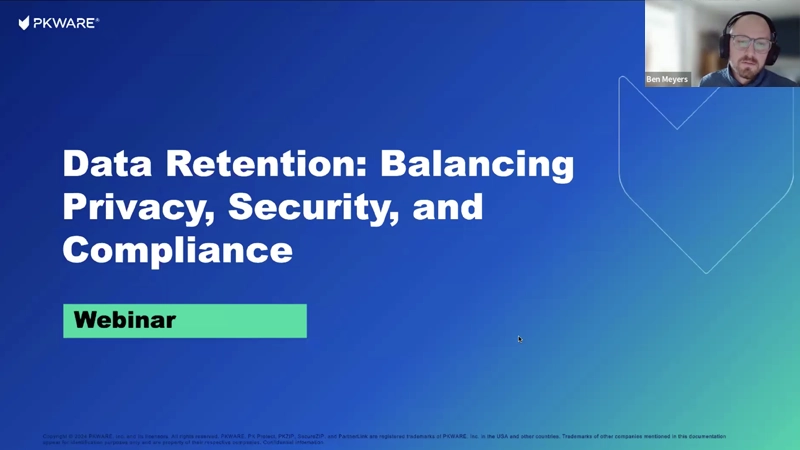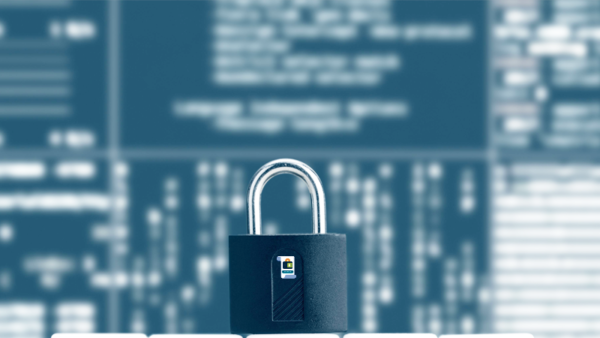Your organization utilizes endpoints daily, such as laptops, smartphones, and tablets across multiple locations, each posing a potential data security threat from both internal and external factors. PK Protect Endpoint Manager (PEM) discovers your sensitive data with a high level of accuracy and protects it through classification, and remediations like, encryption, and redaction wherever it resides and moves. Data discovery and protection on your endpoints and cloud applications are critical components of an organization’s data security posture management.
Why PK Protect Endpoint Manager?
What Customers Have to Say About PK Protect
“Data privacy is going to continue to be important. And given that we operate at a global scale, we have to stay on top of that. This is why we are making investments in technology and working with partners like PKWARE.”
Harveer Singh, Chief Data Architect & Global Head of Data, Western Union
All the Tools You Need to Secure The Data On Your Endpoints, Servers and in the cloud
With PK Protect Endpoint Manager, you’ll have a specially selected suite of capabilities designed to support and manage your data security posture, aligning with your business needs. Best of all, it’s automated and designed to protect all your data, regardless of where it travels.
Designed To Protect What They Are Already After: The Data
PKWARE’s data-centric approach safeguards your valuable data across endpoints, the cloud, databases, data lakes, and wherever it is stored. This enables you to comply with critical worldwide privacy laws and regulations while securing the very target that hackers are already pursuing – your sensitive data and maintaining your customers’ trust. Our customers use PK Protect as a fundamental component of their corporate data compliance strategy because, when a breach occurs (and it inevitably will), it won’t matter much. Your data is already protected and rendered unusable based on your policies.
Unlock Your Data Risk Analysis
Are you confident your sensitive data is fully protected, no matter where it resides or how it moves? Discover hidden vulnerabilities and take control of your data security with a comprehensive Data Risk Assessment.
Our cutting-edge solution identifies and protects sensitive data across all platforms—whether at rest or in transit—helping you meet compliance requirements, prevent the impact from a data breach, and safeguard your organization’s reputation and revenue.
Request your assessment today and gain the clarity you need to secure your critical assets.








